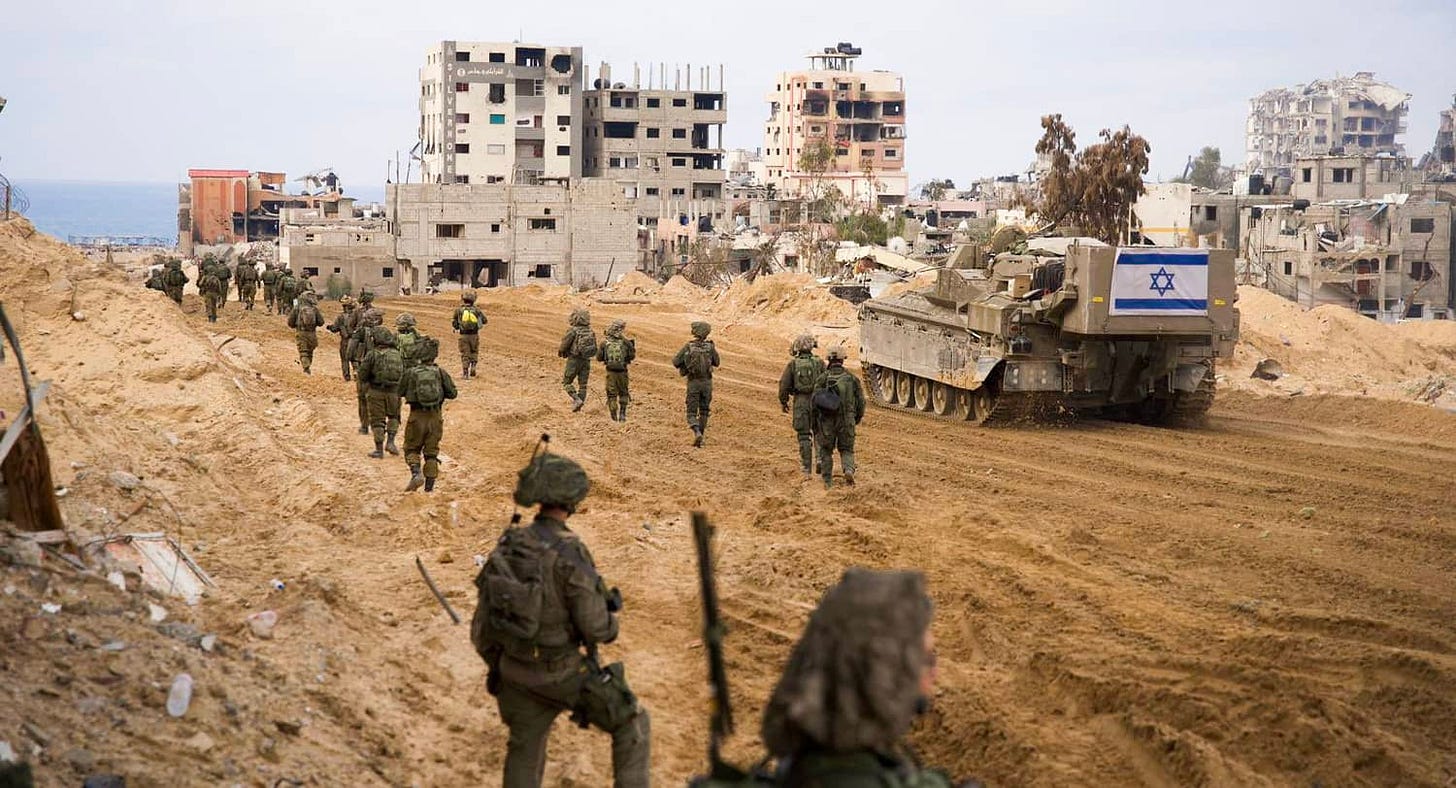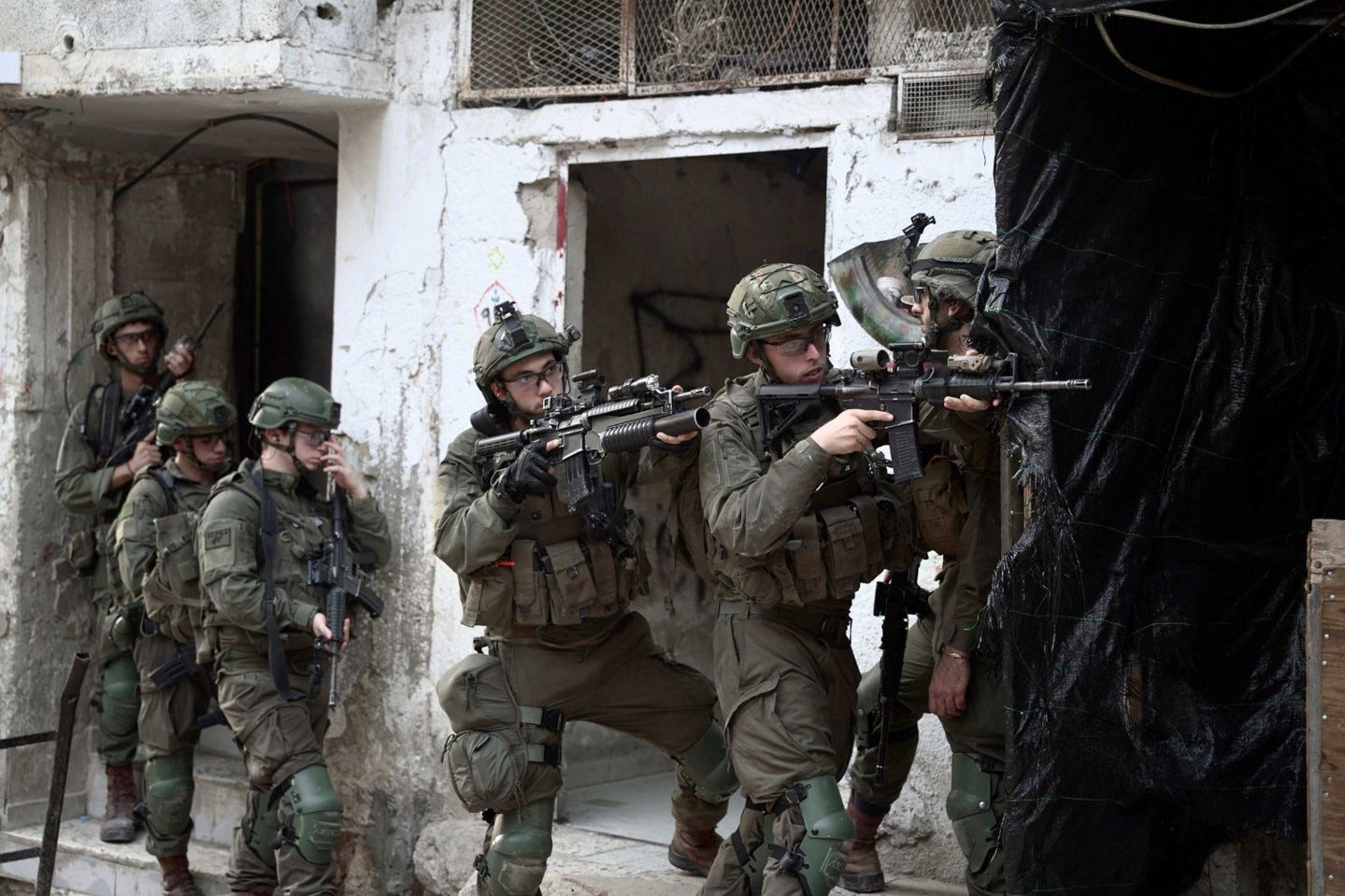'You are allowed to open fire': the Hannibal Directive
The Hannibal Directive represents one of the Israeli military’s most controversial and secretive protocols, authorizing the use of overwhelming force to prevent the capture of Israeli soldiers, even at the cost of killing the soldiers themselves and surrounding civilians. The directive’s application on October 7, 2023, when it was allegedly invoked on a mass scale against both military personnel and civilians, has raised profound questions about Israeli military ethics, international humanitarian law, and the true cost of that day’s violence.
Origins and Development
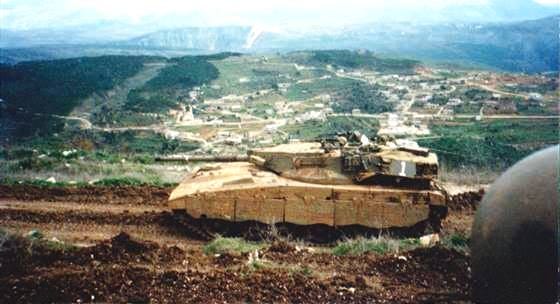
The directive was created in 1986 by three senior Israeli military officers: Major General Yossi Peled, Colonel Gabi Ashkenazi, and Colonel Yaakov Amidror, all of the IDF Northern Command. The catalyst was a June 1986 Hezbollah ambush in South Lebanon that resulted in the capture of two Israeli soldiers. During that incident, Israeli forces witnessed their comrades being taken but refrained from opening fire, a decision that military leadership determined must never be repeated.
The directive’s name purportedly came from random computer generation, though Israeli officials’ explanations remain suspect given that Hannibal, the Carthaginian general, famously chose suicide by poison rather than Roman capture—a parallel that seems more than coincidental.
The Protocol’s Provisions
The full text of the Hannibal Directive was never officially published. Until 2003, Israeli military censorship forbade any discussion of its existence in the press. According to a version quoted by Israeli newspaper Maariv, the directive stated:
During a kidnapping, the main task becomes to rescue our soldiers from the abductors, even at the cost of harming or injuring our soldiers.
The protocol authorized field commanders to open fire on vehicles, persons, and structures suspected of transporting captured Israeli soldiers, explicitly permitting the use of helicopters, tanks, and artillery—even if such force endangered the abducted soldier’s life.
Former Israeli soldier Yehuda Shaul explained the directive’s logic to Al Jazeera:
You will fire without limitations to prevent the kidnapping. You are allowed to open fire. You are allowed to hit our own soldier. The reason is that better a dead soldier than a captive soldier.
Why Secrecy Surrounded the Directive
The Hannibal Directive remained classified for multiple reasons. Militarily, Israel sought to prevent adversaries from understanding its response protocols to abductions. Legally, the directive raised severe concerns under international humanitarian law, particularly regarding the principle of proportionality and the protection of civilian life.
International legal expert Annyssa Bellal stated:
From a legal standpoint, the directive raises significant concerns. It violates the principle of respecting the right to life of citizens, even if they are in enemy hands.
Two versions of the directive apparently existed simultaneously: a written version accessible only to senior IDF leadership, and an “oral law” version for division and brigade commanders. The latter was often interpreted more brutally, with many commanders understanding it as “an IDF soldier was ‘better dead than abducted’”.
Professor Emanuel Gross from the University of Haifa Faculty of Law argued:
An order that knowingly permits the death of soldiers to be brought about, even if the intentions were different, carries a black flag and is a flagrantly illegal order that undermines the most central values of our social norms.
Historical Applications
Shebaa Farms (2000)
When Hezbollah1 captured three Israeli soldiers in October 2000, Israeli attack helicopters fired at 26 moving vehicles in the area. The commanding officer who invoked Hannibal acknowledged that by the time he ordered fire, he realized the soldiers were likely already dead.
Ayta ash-Shaab (2006)
Following Hezbollah’s capture of soldiers Ehud Goldwasser and Eldad Regev in July 2006, the directive triggered instant aerial surveillance and airstrikes inside Lebanon. A senior Israeli official admitted:
If we had found them, we would have hit them, even if it meant killing the soldiers.
The bodies were returned in an exchange two years later.
“Black Friday” in Rafah (2014)
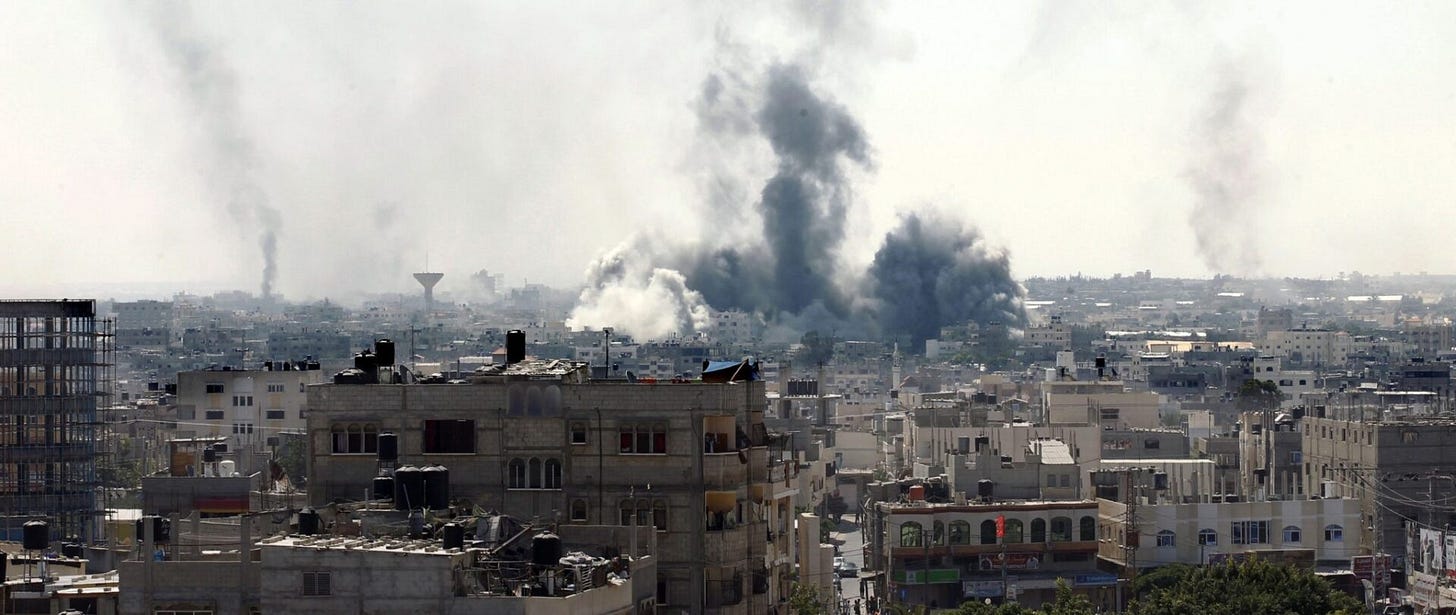
The most devastating known use of the Hannibal Directive occurred on August 1, 2014, when Hamas captured Lieutenant Hadar Goldin during a planned humanitarian ceasefire. Israel unleashed what Amnesty International and Forensic Architecture called an unprecedented assault on Rafah’s residential neighborhoods.
Over 1,000 bombs, missiles, and artillery shells were fired in just three hours. An Israeli artillery soldier described his battery as “firing at a maximum fire rate” into inhabited areas. An infantry officer explained to the Israeli NGO Breaking the Silence:
The minute ‘Hannibal Directive’ is declared on the radio, there are consequences. There’s a fire procedure called the ‘Hannibal fire procedure’ – you fire at every suspicious place that merges with a central route. You don’t spare any means.
The assault killed at least 135 Palestinian civilians, including 75 children, over four days. Over the entire “Black Friday” period, 255 Palestinians were killed, including 85 children. Amnesty International concluded there was “overwhelming evidence that Israeli forces engaged in disproportionate or otherwise indiscriminate attacks” and found “strong evidence” of war crimes and crimes against humanity.
Official Revocation (2016)
Following mounting controversy, IDF Chief of Staff Gadi Eisenkot formally revoked the Hannibal Directive in June 2016, replacing it with three separate directives that explicitly stated soldiers should fire at abductors “while avoiding hitting the captive”.
October 7, 2023: Mass Implementation
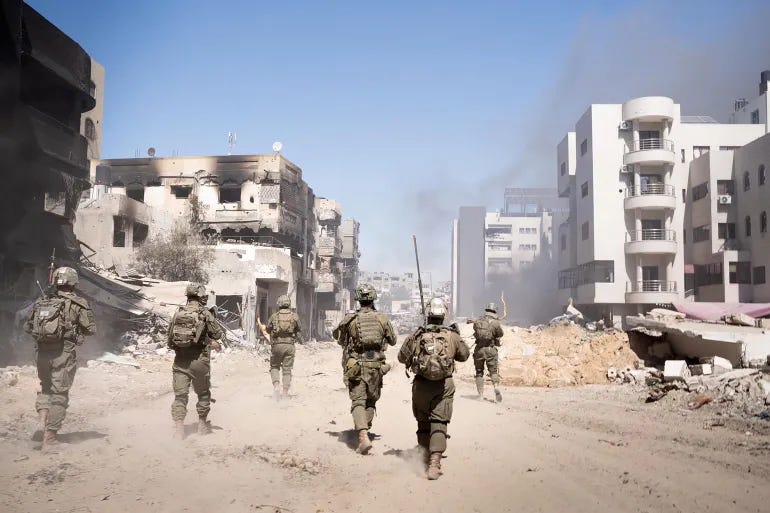
Despite its formal revocation, multiple investigations have concluded that Israeli forces invoked the Hannibal Directive on an unprecedented scale on October 7, 2023, and for the first time, applied it to Israeli civilians, not just soldiers.
The Morning Orders
According to a July 2024 Haaretz investigation, the directive was first invoked at 7:18 a.m. when an observation post reported a kidnapping at the Erez crossing. “Hannibal at Erez,” came the command from divisional headquarters, followed by an order to “dispatch a Zik,” an unmanned assault drone.
By approximately 11:00 a.m., Israeli journalist Ronen Bergman reported that the IDF had instructed all fighting units to follow the Hannibal Directive, although it was not explicitly named. At 2:00 p.m., a new instruction was issued that “was meant to turn the area around the border fence into a killing zone, closing it off toward the west”.
The key order, according to Haaretz, stated: “Not a single vehicle is to return to Gaza”. A source in Israel’s Southern Command explained:
Everyone knew by then that such vehicles could be carrying kidnapped civilians or soldiers. There was no case in which a vehicle carrying kidnapped people was knowingly attacked, but you couldn’t really know if there were any such people in a vehicle. I can’t say there was a clear instruction, but everyone knew what it meant to not let any vehicles return to Gaza.
“Mass Hannibal”
Israeli Air Force Lieutenant Colonel Nof Erez described the situation to Haaretz:
The Hannibal [Protocol], for which we have been conducting drills over the past 20 years, relates to the case of a single vehicle containing hostages: you know which part of the fence it comes through, what side of the road it would move to and even which road... What we saw here was a ‘mass Hannibal’. There were many openings in the fence. Thousands of people in many different vehicles, both with hostages and without hostages.
Investigative journalist Ronen Bergman found that Israeli aircraft and tanks destroyed approximately 70 vehicles to prevent them from being driven into Gaza, killing everyone inside. He wrote:
It is not clear at this point how many of the abductees were killed due to the activation of this [Hannibal] order on October 7.
Documented Casualties
Multiple specific incidents demonstrate the directive’s deadly consequences:
Kibbutz Be’eri: An Israeli tank fired two shells at the home of Pessi Cohen, which was known to hold over a dozen hostages, including 12-year-old twins. Thirteen of the 14 hostages were killed. Survivor Yasmin Porat told Israeli radio that Hamas gunmen had not threatened the hostages and intended to negotiate for safe return to Gaza, but an Israeli police special unit started a gun battle, catching kibbutz residents in “very, very heavy crossfire”. When asked if Israeli forces might have shot them, she replied: “Undoubtedly”.
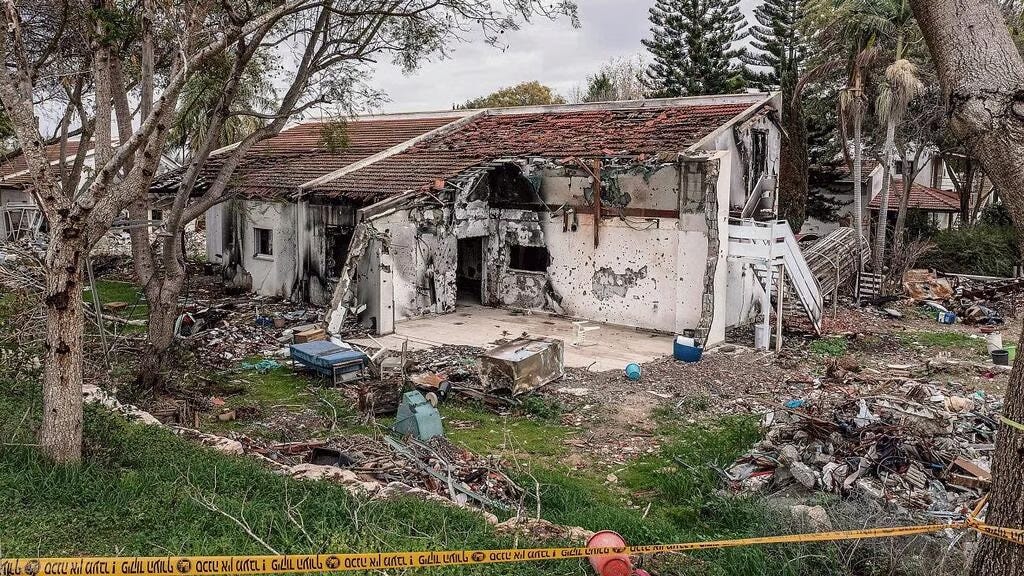
The IDF later released an investigation claiming the hostages were not killed by tank shells, but Pessi Cohen’s daughter-in-law, Sharon Cohen, rejected the findings:
That’s not really true [that hostages were not harmed by tank shells]. Out of personal privacy issues, I can’t really get into the details. These are details that we were told would be investigated again.
Efrat Katz: A survivor from Kibbutz Nir Oz described being fired upon by an Israeli helicopter as Hamas tried to take hostages across the border. The survivor stated:
[An] IDF helicopter appeared above us. At some point the helicopter shot at the terrorists, the driver and the others. There was screaming in the wagon.
One woman, Efrat Katz, was shot and killed. An Israeli Air Force investigation later acknowledged that an attack helicopter had likely killed Katz.
Tank Captain’s Admission: Tank Captain Bar Zonshein gave an interview to Israeli Channel 13, admitting he fired on vehicles returning to Gaza on October 7, though he didn’t know if Israeli soldiers were inside. When pressed about potentially killing Israeli soldiers, he stated:
I decided that this is the right decision, that it’s better to stop the abduction and that they not be taken.
Official Recognition
A June 2024 UN Commission of Inquiry report found that Israeli forces used the Hannibal Directive in several instances on October 7, resulting in the killing of up to 14 Israeli civilians. The report stated Israeli forces “had likely applied the Hannibal Directive” in at least two documented cases.
In February 2025, Israeli Defense Minister Yoav Gallant publicly admitted that the Hannibal Directive had been used by the IDF during the October 7 attacks.
A February 2025 IDF investigation confirmed that the directive was invoked and found that most casualties and hostage-takings occurred in the first hours when Israeli forces were overwhelmed on the ground. The official acknowledged that the chaos “led to friendly fire incidents”.
Impact on Israelis and Palestinians
The Hannibal Directive has inflicted profound trauma on both populations, though in vastly different ways and scales.
Impact on Israelis
For Israeli families, the directive represents a devastating betrayal. Parents like Pnina Feldman, mother of a soldier missing since 1982, stated:
No mother would want her son to be killed rather than be taken prisoner... You prefer to wait until he returns, even if it goes on for very many years.
Mordechai Fink, father of Yossi Fink, whose 1986 abduction prompted the directive’s creation, said:
The nightmare we went through for 10 years is indescribable, but despite that, I would not agree to have the buddies of an abducted soldier try to save him even at the price of killing him. As long as there is life there is hope.
On October 7, released hostages met with Benjamin Netanyahu’s war cabinet and reported being deliberately attacked by Israeli helicopters and shelled constantly by Israeli forces while in captivity. The friendly fire deaths have fueled anger among Israelis who believe their government prioritized preventing embarrassing prisoner exchanges over saving lives.
Impact on Palestinians
For Palestinians, the directive has been a continuation of the ongoing genocide. The 2014 Rafah assault alone killed at least 135 civilians in three hours, with 75 of them children. Over four days, 255 Palestinians died, including 85 children.
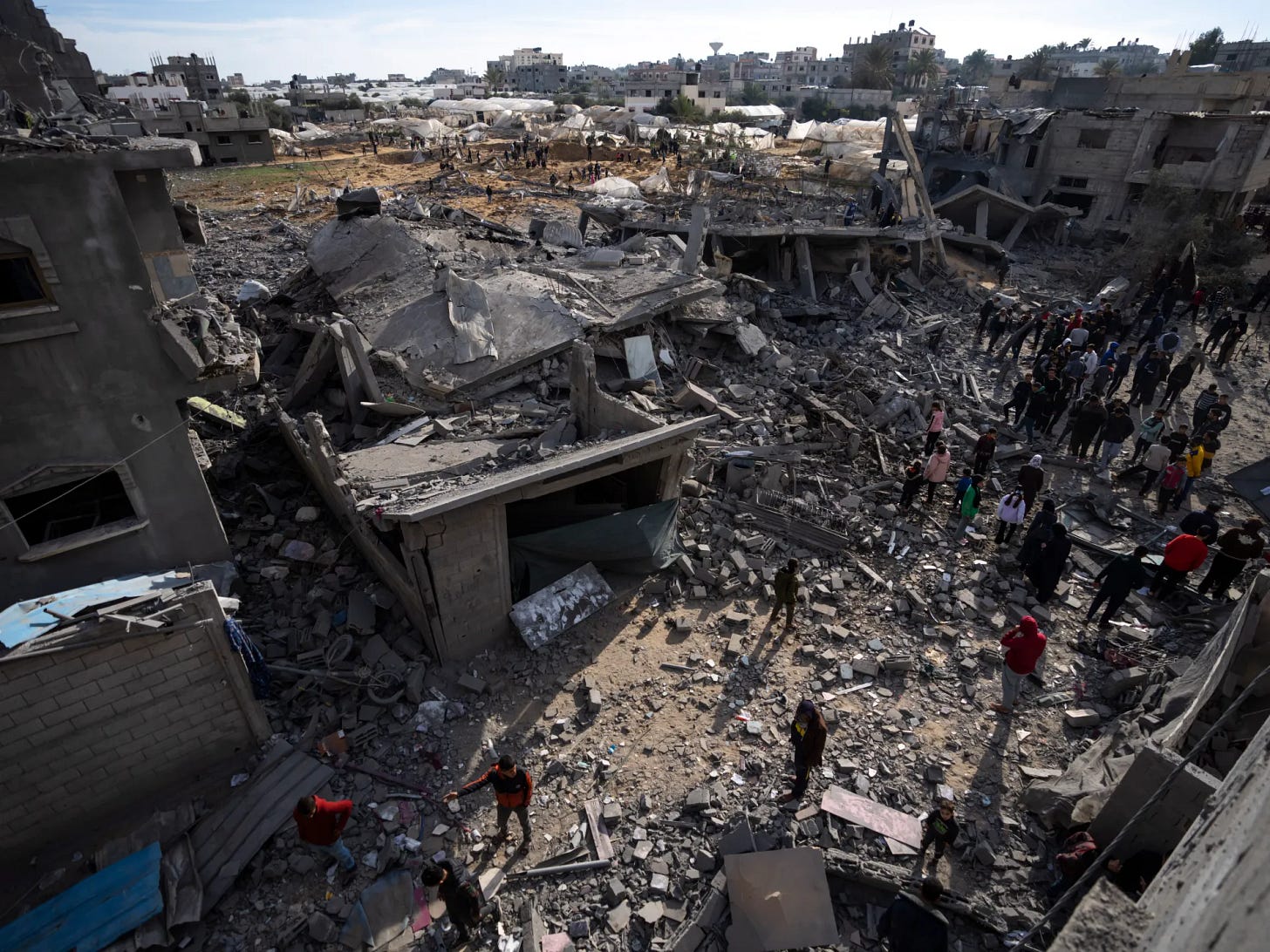
Amnesty International concluded:
There is compelling evidence that Israeli forces perpetrated war crimes through their relentless and extensive bombardment of residential neighborhoods in Rafah, demonstrating a shocking disregard for civilian lives.
The systematic nature of these attacks, firing tank shells and missiles into densely populated residential areas to stop suspected abduction vehicles, reveals how Palestinian civilian life is valued under the directive’s logic: not at all.
Why the Directive Exists
The directive reflects Israel’s determination to avoid prisoner exchanges that it views as strategically disadvantageous. In 1983, Israel released 4,700 Palestinian and Lebanese prisoners for six soldiers. In 1985, it freed another 1,150 prisoners. Gilad Shalit was eventually exchanged for 1,027 Palestinian prisoners in 2011.
Former IDF Chief of Staff Shaul Mofaz explained in 1999:
In certain senses, with all the pain that saying this entails, an abducted soldier, in contrast to a soldier who has been killed, is a national problem.
Iranian General Qasem Soleimani, discussing Hezbollah’s operations, acknowledged that the Hannibal Directive forced militant groups to develop more sophisticated capture techniques:
The enemy in such cases uses the so-called Hannibal Protocol, i.e. opens fire on its own captured soldiers and Resistance fighters, because he prefers to have dead Israeli soldiers than prisoners that he will later be forced to exchange for imprisoned Resistance fighters.
Legal and Ethical Reckoning
The Hannibal Directive violates fundamental principles of international humanitarian law, including proportionality, distinction between combatants and civilians, and the right to life. Israeli philosopher Asa Kasher, author of the IDF’s ethical code, stated he found it “difficult to believe that such an order exists” because it “is wrong ethically, legally and morally”.
Despite overwhelming evidence of war crimes in Rafah 2014, Israel closed its military investigation in 2018 with no commanders prosecuted. Hamas spokesperson Hazem Qassem asked:
How can those responsible be the arbiters of the very violence they perpetrated?
The same pattern appears to be repeating with October 7. While the IDF has admitted friendly fire killed Israeli hostages, it has declined to conduct thorough investigations, claiming it “would not be morally sound to investigate these incidents” due to their complexity.
Conclusion
The Hannibal Directive shows just how far Israel is willing to go to further their countless wars across the world. To them, dead Israelis are preferable to captured Israelis, and any number of Palestinian civilians may be killed to prevent strategic embarrassment. Its application on October 7, 2023, expanded this logic to include Israeli civilians for the first time, resulting in an unknown number of Israeli deaths at the hands of their own military.
While officially revoked in 2016, the directive’s principles remain embedded in Israeli military culture. The refusal to fully investigate its use on October 7, combined with the documented evidence of mass civilian casualties during previous applications, suggests that accountability remains as elusive as the directive’s full text once was hidden from public scrutiny, shielded by military censorship, and protected by a system that investigates itself and finds no wrongdoing.
ABC News (Australia). 2024. “Israeli Forces Accused of Killing Their Own Citizens Under Hannibal Directive.” ABC News, September 6, 2024. https://www.abc.net.au/news/2024-09-07/israel-hannibal-directive-kidnap-hamas-gaza-hostages-idf/104224430.
Al Jazeera. 2023. “What’s Israel’s Hannibal Directive? A Former Israeli Soldier Tells All.” Al Jazeera, November 3, 2023. https://www.aljazeera.com/features/2023/11/3/whats-the-hannibal-directive-a-former-israeli-soldier-tells-all.
Al Jazeera. 2024. “Israeli Army Used Hannibal Directive During October 7 Hamas Attack: Report.” Al Jazeera, July 7, 2024. https://www.aljazeera.com/news/2024/7/7/israeli-army-used-hannibal-directive-during-october-7-hamas-attack-report.
Al Jazeera. 2024. “Why Did Israel Deploy Hannibal Directive, Allowing Killing of Own Citizens.” Al Jazeera, July 9, 2024. https://www.aljazeera.com/news/2024/7/9/why-did-israel-deploy-hannibal-directive-allowing-killing-of-own-citizens.
Al Jazeera. 2025. “What Does the Report Into Israeli Military Failures on October 7 Say?” Al Jazeera, February 28, 2025. https://www.aljazeera.com/news/2025/2/28/what-has-the-report-into-israeli-military-failures-on-october-7-said.
Al Jazeera English. 2016. “The Hannibal Directive.” Documentary, October 7, 2016.
.
Amnesty International. 2015. “’Black Friday’: Carnage in Rafah During 2014 Israel/Gaza Conflict.” Amnesty International, July 29, 2015. https://www.amnesty.org/en/documents/mde15/2139/2015/en/.
Amnesty International. 2015. “Gaza ‘Black Friday’: Cutting Edge Investigation Points to Israeli War Crimes.” Amnesty International, July 29, 2015. https://www.amnesty.org/en/latest/news/2015/07/gaza-cutting-edge-investigation-rafah/.
Adalah. 2017. “Justice Denied: Three Years After Israel’s Deadly ‘Hannibal Directive’ in Gaza Strip.” Adalah, July 31, 2017. https://www.adalah.org/en/content/view/9178.
Associated Press. 2018. “Israel’s ‘Hannibal’ Directive Criticized in Official Report.” Associated Press, March 13, 2018. https://apnews.com/general-news-a18070a73ee2456897807a2dea6f5be2.
Hamas. 2018. “Hamas Decries Israeli Decision to End ‘Black Friday’ Probe.” Al Jazeera, August 16, 2018. https://www.aljazeera.com/news/2018/8/16/hamas-decries-israeli-decision-to-end-black-friday-probe.
PBS NewsHour. 2024. “Israel Admits String of Errors on Oct. 7, Says Tank Strike on Home Did Not Kill Israelis.” PBS NewsHour, July 11, 2024. https://www.pbs.org/newshour/world/israel-admits-string-of-errors-on-oct-7-says-tank-strike-on-home-did-not-kill-israelis.
Reuters. 2024. “Israeli Inquiry Finds Oct 7 Hostage Likely Killed by Friendly Fire.” Reuters, April 4, 2024. https://www.reuters.com/world/middle-east/israeli-inquiry-finds-oct-7-hostage-likely-killed-by-friendly-fire-2024-04-05/.
Times of Israel. 2024. “IDF Officers Invoked Defunct ‘Hannibal Protocol’ During Oct. 7 Fighting: Report.” Times of Israel, July 6, 2024. https://www.timesofisrael.com/idf-officers-invoked-defunct-hannibal-protocol-during-oct-7-fighting-report/.
United Nations. 2024. “Detailed Findings on Attacks Carried Out on and After 7 October 2023.” UN Office of the High Commissioner for Human Rights, June 9, 2024. https://www.ohchr.org/sites/default/files/documents/hrbodies/hrcouncil/sessions-regular/session56/a-hrc-56-crp-3.pdf.
Washington Post. 2024. “Israeli Military Says It Failed to Protect Kibbutz Beeri on Oct. 7.” Washington Post, July 11, 2024. https://www.washingtonpost.com/world/2024/07/11/israeli-military-says-it-failed-protect-gaza-border-town-oct-7/.
Hezbollah is a Lebanese Shia Muslim political party and militant group, strongly supported by Iran, that operates primarily in Lebanon and has significant influence over parts of the country. Founded in response to the Israeli invasion of Lebanon in 1982, it began as a resistance movement against Israeli occupation and was officially announced in 1985. Hezbollah maintains both a powerful military wing and an active political party, and is considered a terrorist organization by countries such as the United States, the UK, and Israel. The group’s central goals have traditionally included opposing Western influence in the Middle East and the destruction of Israel, while also providing extensive social services within Lebanon and playing a major role in Lebanese politics.


